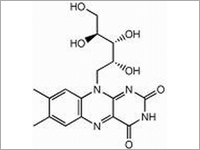
Riboflavin Vitamin
Product Details:
X
Product Description
Riboflavin VitaminName: Riboflavin
Synonyms: 7,8-Dimethyl-10-ribitylisoalloxazine; Lactoflavine; Vitamin B2
Molecular Structure:
Molecular Formula: C17H20N4O6
Molecular Weight: 376.37
CAS Number: 83-88-5
EINECS: 201-507-1
Exporter of riboflavin, riboflavin vitamin, riboflavin vitamin b2 are yellow or yellow-orange in color and in addition to being used as a food coloring, it is also used to fortify some foods. It is used in baby foods, breakfast cereals, pastas, sauces, processed cheese, fruit drinks, vitamin-enriched milk products, some energy drinks. Regarding occurrence and sources of vitamin B2, Yeast extract is considered to be exceptionally rich in vitamin B2, and liver and kidney are also rich sources. Wheat bran, eggs, meat, milk, and cheese are important sources in diets containing these foods. Cereals grains contain relatively low concentrations of flavins, but are important sources in those parts of the world where cereals constitute the staple diet. The milling of cereals results in considerable loss (up to 60%) of vitamin B2, so white flour is enriched by addition of the vitamin. The enrichment of bread and ready-to-eat breakfast cereals contributes significantly to the dietary supply of vitamin B2. Polished rice is not usually enriched, because the vitamin's yellow color would make the rice visually unacceptable to the major rice-consumption populations. However, most of the flavins content of the whole brown rice is retained if the rice is steamed prior to milling.
It is difficult to incorporate riboflavin into many liquid products because it has poor solubility in water. Hence the requirement for riboflavin-5'-phosphate (E101a), a more expensive but more soluble form of riboflavin. Riboflavin is generally stable during the heat processing and normal cooking of foods if light is excluded. The alkaline conditions in which riboflavin is unstable are rarely encountered in foodstuffs. Riboflavin degradation in milk can occur slowly in dark during storage in the refrigerator.
| Test Items | Specifications (USP30) |
| Appearance | A yellow or orange crystalline powder |
| Identification | Accord with the test |
| Assay | 98.0-102.0% |
| Appearance of solution | Accord with the test |
| Specific rotation | -115o to -135o |
| Lumiflavine (440nm) | 0.025 Max |
| Loss on drying | 1.5% Max |
| Residue on ignition | 0.3% Max |
| Organic volatile impurities | Accord with the test |
Packaging: 20Kgs/paper carton.
Storage: Stored in a dry and cool place, keep away from strong light and heat.
Shelf life: Two years when stored properly in a well-closed container.
Enter Buying Requirement Details
Other Products in 'Minerals & Trace Elements ' category
 |
A & Z Group Co.,Ltd
All Rights Reserved.(Terms of Use) Developed and Managed by Infocom Network Private Limited. |
 English
English Spanish
Spanish French
French German
German Italian
Italian Chinese (Simplified)
Chinese (Simplified) Japanese
Japanese Korean
Korean Arabic
Arabic Portuguese
Portuguese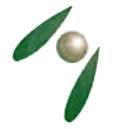
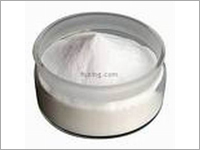
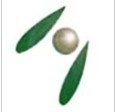
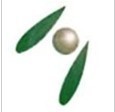


 Send Inquiry
Send Inquiry